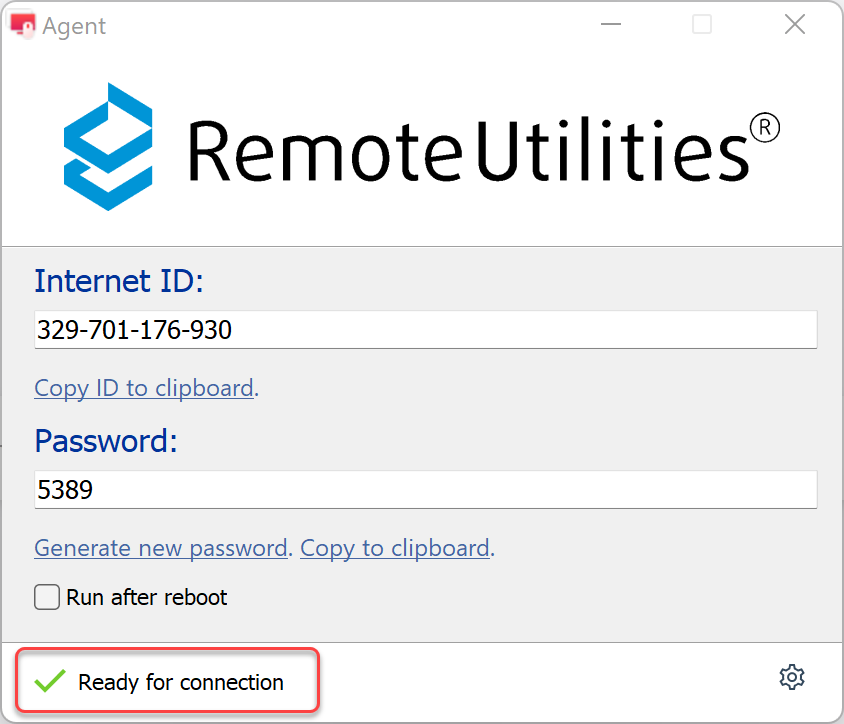
The network layer host group offers traffic statistics.Protocol distribution controls the traffic statistics.The event group sends the alerts for the alarm group.The capture group collects the packets that match the filter.Alarm that sets off when statistics exceed predefined limitations.Real time local area network statistics.

In addition, the administrator can find out what websites are being visited by the users.

Conversations that have been held between two different addressesĪ network administrator has the power to find out how much bandwidth is being used by certain users of the network.There are nine kinds of information that remote network monitoring programs can collect. In addition, it can be supported through different types of software. This type of system can be supported by nearly any type of hardware monitoring device. SNMP stands for Simple Network Management Protocol. Remote network monitoring is a part of a MIB or management information base. This information can be used to troubleshoot any upcoming problems. It provides the information that is needed from LANS, T-1/E-1 lines, and even T-2/E3 lines. RMON was developed to help network administrators monitor and analyze data that is collected from local area networks. You can purchase many different programs that offer remote network monitoring support. Of course, it depends on the company that you purchase the system from, how much you need, and other relative factors. Most of the remote network monitoring systems might cost a business over $2000. Remote network monitoring is also known as RMON.


 0 kommentar(er)
0 kommentar(er)
